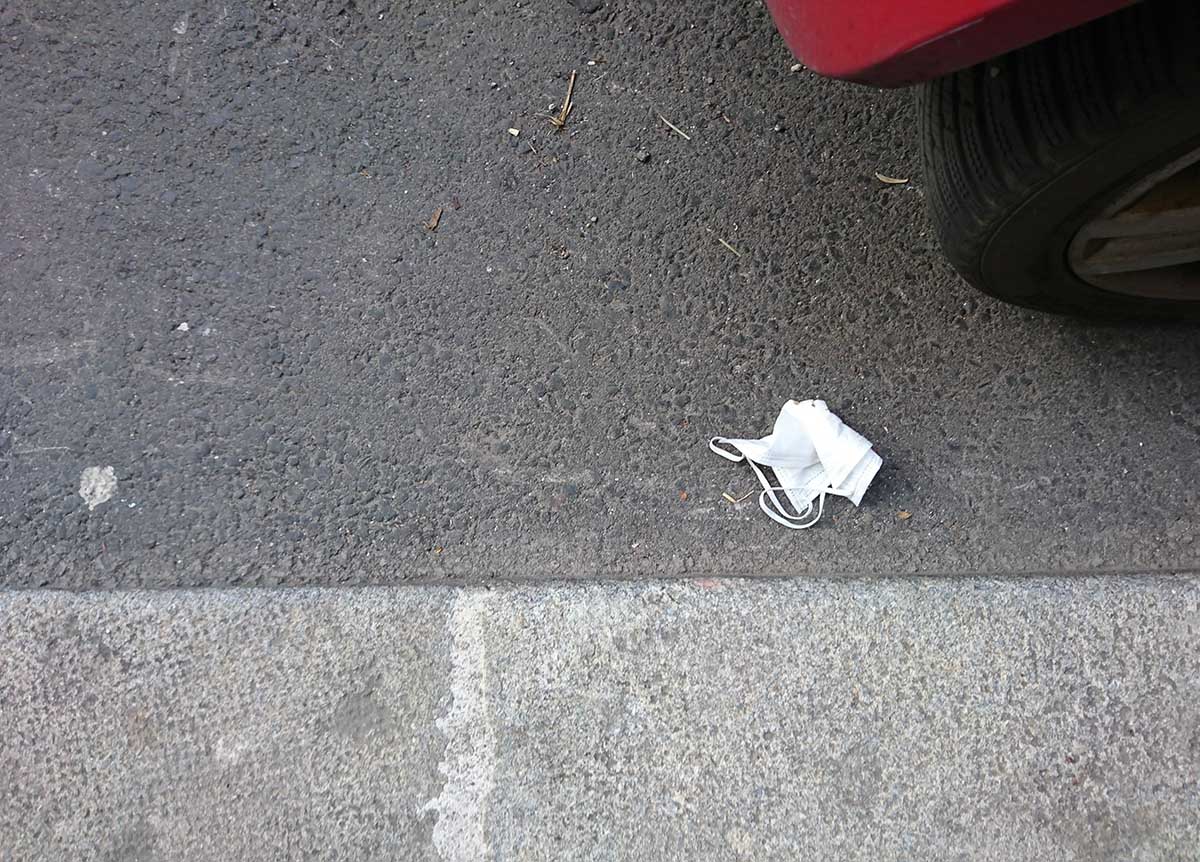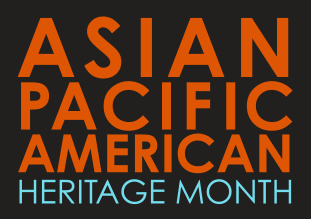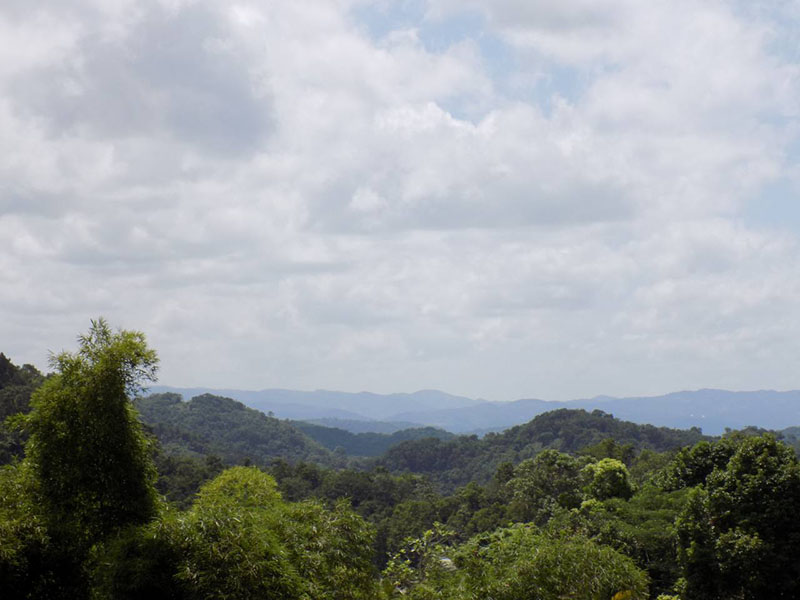
The Paradox of Autonomy and Care for Mothers of Adults with Disabilities in Brazil
Since the early 2000s, Brazil has experienced a significant change concerning the rights of people with disabilities in the country. Based on the struggles of the Brazilian Disability Rights Movements, in 2009 the country promulgated the UN Convention on the Rights of Persons with Disabilities (2006) and in 2015 enacted the Brazilian Inclusion Law, also known as the Statute of People with Disabilities. The promotion of autonomy and the social participation of people with disabilities is at the core of these legislations. While these measures are not always accompanied by policies that can actually guarantee their implementation, they still impact people with disabilities in the way they foster such discourses around autonomy and independence. (read more...)







